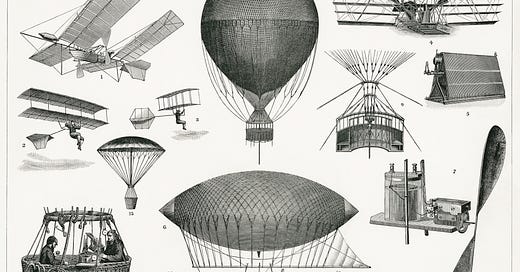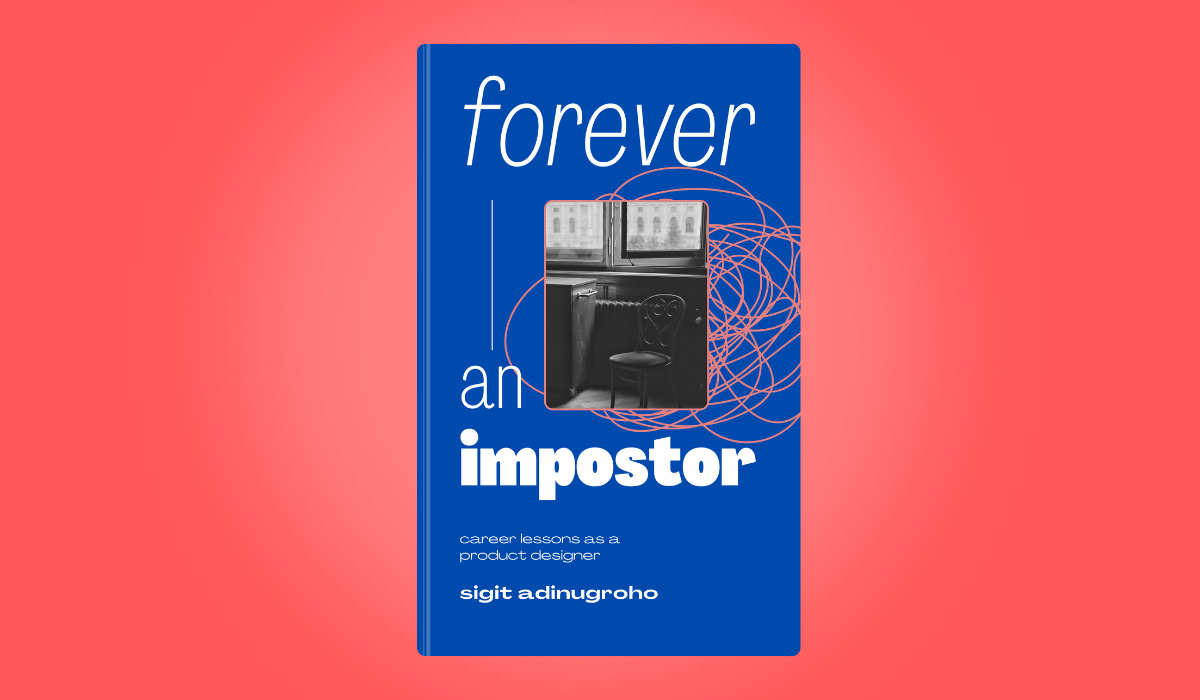The UX case study interview needs a redesign. For years, UX case study interviews have followed a familiar pattern. Designers are expected to present an end-to-end project, detailing how they identified a problem, conducted research, ideated solutions, and executed a final design, preferably with measurable impact. The idea is simple: a structured narrative that showcases both process and results.
This approach works well in certain contexts. In smaller companies or agencies, a designer may have ownership over a project from start to finish. They define the problem, gather insights, design the solution, and sometimes even influence development. Their work follows a clean arc, making it easy to showcase as a complete case study.
But in larger product organizations, this is rarely how design happens. Instead, work is often distributed across multiple teams, each contributing to a broader vision. A designer might spend months refining a single feature, working within an established system, or iterating on an existing product rather than building something from scratch. Many designers don’t experience a clear “beginning” or “end” in their work; they step into projects at different phases, contribute their expertise, and pass the work along to the next stage.
Yet, despite this reality, the UX interview process continues to rely on a format that assumes designers are working in isolated silos, controlling a product’s entire evolution. The expectation that every designer should be able to present a self-contained, start-to-finish story doesn’t reflect how complex organizations function. Worse, it undervalues the skills that truly matter at scale: collaboration, problem-framing, influencing stakeholders, and navigating ambiguity.
This is where UX interviews need to evolve. Instead of treating case studies as a one-size-fits-all assessment, we should rethink what they measure and how they align with real-world design work.
The obsession with end-to-end case studies
There’s a certain elegance to an end-to-end case study. It follows a clear arc: a problem is identified, a solution is crafted, and results are achieved. It’s easy to digest and leaves little room for ambiguity. But design rarely unfolds in such a linear fashion, especially in large organizations where projects stretch across multiple teams, priorities shift, and decision-making is often layered with constraints.
Consider a designer working in a global product company. They might join a project midway, inheriting past research and design explorations. Their role isn’t to start from scratch but to refine and push the work forward within an existing system. Or take a designer on an internal platform team, rather than designing a user-facing feature, they might be focused on improving infrastructure, ensuring consistency across teams, or refining internal tools. In cases like these, an end-to-end case study simply doesn’t exist.
And yet, in an interview, they’re expected to present one. They must craft a story that makes their work seem like a neatly packaged journey rather than what it actually was… a continuous effort, shaped by collaboration, dependencies, and ongoing iteration. Instead of being able to focus on how they worked and the thinking behind their decisions, they are pressured to fit their experience into a format that doesn’t reflect reality.
What we should be evaluating instead
Rather than treating UX case studies as storytelling exercises, we should focus on how designers think, how they navigate challenges, and how they contribute to a team’s success.
One of the most overlooked aspects of UX work is how designers operate within real-world constraints. In large organizations, design is rarely about executing a vision in isolation. It’s about working within a system, influencing decision-making, and aligning with business and engineering priorities. It’s about knowing when to push for change and when to adapt.
Instead of obsessing over end-to-end execution, interviews should probe deeper into how designers make decisions. What trade-offs did they have to navigate? How did they collaborate with engineers and product managers? How did they balance user needs with business constraints? These are the questions that reveal a designer’s ability to operate in the complex environments they will actually be working in.
Moreover, the impact of design work isn’t always measured in numbers. The common expectation that every case study should end with a measurable business outcome—whether an increase in conversion rates, engagement, or revenue—ignores the broader ways in which design creates value. Not every project results in a perfect metric. Sometimes, impact is about influencing culture, refining processes, or elevating design’s role within an organization. A designer who improves the way teams collaborate, refines internal tools, or champions accessibility might not have a direct number to showcase, but their impact is just as meaningful.
The UX manager’s case study
For designers moving into UX leadership roles, the flaws in case study interviews become even more pronounced. The transition from individual contributor to design manager is not just about craft. It’s about how one leads teams, influences strategy, and creates an environment where good design can thrive.
Yet, many interviews for UX leadership roles still begin with a case study presentation that focuses on execution rather than leadership. Candidates are often asked to showcase their best design work, as if that alone proves their ability to manage teams or set design direction.
A better approach would be to clarify upfront what kind of case study is expected. If the focus is on management, then the case study should highlight how the candidate led a team, how they made strategic decisions, and how they navigated challenges in hiring, stakeholder management, or team structure. If craft is being assessed separately, that should be made explicit. Too often, companies conflate design skill with leadership potential, when in reality, they require very different competencies.
Evolving UX interview for the future
It’s time for UX hiring to move beyond rigid case study expectations and embrace more flexible, realistic assessments. Instead of forcing every candidate into the same format, companies should consider alternative approaches:
If end-to-end ownership isn’t typical for the role, allow candidates to present their contributions within a broader team effort rather than making them craft an artificial “complete” story.
If assessing problem-solving and design thinking is the goal, use interactive problem-solving exercises that simulate real-world challenges.
If leadership is the focus, ask about how the candidate has shaped culture, influenced strategy, or scaled design within an organization.
Case studies will always be a part of UX hiring, but they shouldn’t be the only measure of a designer’s ability. The best UX designers are those who can navigate complexity, collaborate effectively, and think critically, skills that go far beyond presenting a polished portfolio piece.
If companies want to hire the right designers, they need to start by asking the right questions, and setting up the right expectations from the beginning.
Thanks for reading! If you like this content, you will like my book too.
Ever feel like an impostor in your design career?
After years in product design, I still catch myself questioning whether I belong. It’s a constant dance between self-doubt and pushing forward—a feeling many of us know too well.
That’s why I wrote Forever an Impostor, a deeply personal memoir that pulls back the curtain on what it’s really like to work in design. It’s not a guide to becoming the perfect designer; it’s a story of resilience, navigating impostor syndrome, and finding your way in an often messy industry.
I’m sharing this not because I have all the answers, but because I hope it makes you feel less alone on your journey. If you’ve ever wondered if you’re the only one struggling, this book is for you.
Would love for you to check it out, and if it resonates, let’s connect and chat more.
Here’s a bit of what the book is about…
Forever an Impostor isn’t just another book on design—it’s a candid collection of thoughts (and feelings) by Sigit Adinugroho, a product designer navigating the highs and lows of the design world while grappling with self-doubt, impostor syndrome, and the realities of balancing career and family. Blending personal anecdotes, professional insights, and practical advice, this book offers a heartfelt reflection on the unglamorous side of the design profession—where resilience, adaptability, and self-acceptance become key to thriving. Whether you’re an aspiring designer or a seasoned professional, Sigit’s journey provides an authentic look into the often messy yet rewarding path of a creative career.





